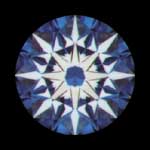METROPOLITAN ART WARS:
The First Days of Disco
Some cultural milestones, in the order I encountered them today:
From Dr. Mac’s Cultural Calendar:
- “On this day in 1963, Whiskey-A-Go-Go—believed to be the first discotheque in the world—opened on Sunset Boulevard in Los Angeles with extraordinary hype and fanfare.”
From websites on Whit Stillman’s film, “The Last Days of Disco”:
Scene: Manhattan in the very early 1980’s.
Alice and her friend Charlotte are regulars at a fashionable disco.
Roger Ebert:
“Charlotte is forever giving poor Alice advice about what to say and how to behave; she says guys like it when a girl uses the word ‘sexy,’ and a few nights later, when a guy tells Alice he collects first editions of Scrooge McDuck comic books, she…”
Bjorn Thomson:
“… looks deep into his eyes and purrs ‘I think Scrooge McDuck is sexy!’ It is a laugh-out-loud funny line and a shrewd parody, but is also an honest statement.”
(Actually, to be honest, I encountered Thomson first and Ebert later, but the narrative sequence demands that they be rearranged.)
The combination of these cultural landmarks suggested that I find out what Scrooge McDuck was doing during the first days of disco, in January 1963. Some research revealed that in issue #40 of “Uncle Scrooge,” with a publication date of January 1963, was a tale titled “Oddball Odyssey.” Plot summary: “A whisper of treasure draws Scrooge to Circe.”
Further research produced an illustration:

Desiring more literary depth, I sought more information on the story of Scrooge and Circe. It turns out that this was only one of a series of encounters between Scrooge and a character called Magica de Spell. The following is from a website titled
Duckburg Religion:
“Magica’s first appearance is in ‘The Midas Touch’ (US 36-01). She enters the Money Bin to buy a dime from Scrooge. Donald tells Scrooge that she is a sorceress, but Scrooge sells her a dime anyway. He sells her his first dime by accident, but gets it back. The fun starts when Scrooge tells her that it is the first dime he earned. She is going to make an amulet….”
with it. Her pursuit of the dime apparently lasts through a number of Scrooge episodes.
“…in Oddball Odyssey (US 40-02). Magica discovers Circe’s secret cave. Inside the cave is a magic wand that she uses to transform Huey, Dewey and Louie to pigs, Donald to a goat (later to a tortoise), and Scrooge to a donkey. This reminds us of the treatment Circe gave Ulysses and his men. Magica does not succeed in transforming Scrooge after stealing the Dime, and Scrooge manages to break the spell (de Spell) by smashing the magic wand.”
At this point I was reminded of the legendary (but true) appearance of Wallace Stevens’s wife on another historic dime. This was discussed by Charles Schulz in a cartoon of Sunday, May 27, 1990:

Here Sally is saying…
Who, me?… Yes, Ma’am, right here.
This is my report on dimes and pennies…
“Wallace Stevens was a famous poet…
His wife was named Elsie…”
“Most people do not know that Elsie was the model for the 1916 ‘Liberty Head’ dime.”
“Most people also don’t know that if I had a dime for every one of these stupid reports I’ve written, I’d be a rich person.”
Finally, sitting outside the principal’s office:
I never got to the part about who posed for the Lincoln penny.
I conclude this report on a note of synchronicity:
The above research was suggested in part by a New York Times article on Ovid’s Metamorphoses I read last night. After locating the Scrooge and Stevens items above, I went to the Times site this afternoon to remind myself of this article. At that point synchronicity kicked in; I encountered the following obituary of a Scrooge figure from 1963… the first days of disco:
|
The New York Times, January 12, 2003
(So dated at the website on Jan. 11)
C. Douglas Dillon Dies at 93;
Was in Kennedy Cabinet
By ERIC PACE
 . Douglas Dillon, a versatile Wall Street financier who was named secretary of the Treasury by President Kennedy and ambassador to France under President Eisenhower, and was a longtime executive of the Metropolitan Museum of Art, died Friday [Jan. 10, 2003] at New York Presbyterian Hospital in Manhattan. Mr. Dillon, who lived with his wife on Jupiter Island in Hobe Sound, Fla., was 93. . Douglas Dillon, a versatile Wall Street financier who was named secretary of the Treasury by President Kennedy and ambassador to France under President Eisenhower, and was a longtime executive of the Metropolitan Museum of Art, died Friday [Jan. 10, 2003] at New York Presbyterian Hospital in Manhattan. Mr. Dillon, who lived with his wife on Jupiter Island in Hobe Sound, Fla., was 93.
Mr. Dillon was born to wealth and influence as the son of the founder of Dillon, Read & Company, an international banking house. Mr. Dillon was widely respected for his attention to detail — he had a reputation for ferreting out inconspicuous errors in reports — and his intellect, which his parents began shaping at an early age by enrolling Mr. Dillon in elite private schools.
Mr. Dillon is said to have been able to read quickly and to fully comprehend what he read by the time he was 4 years old. At the Pine Lodge School in Lakehurst, N.J., Mr. Dillon’s schoolmates included Nelson, Laurance and John Rockefeller III. Mr. Dillon later graduated magna cum laude from Harvard and sharpened his analytical powers on Wall Street.
Strapping and strong-jawed, Mr. Dillon sometimes seemed self-effacing or even shy in public, despite his long prominence in public affairs and in business. He served over the years as chairman of the Rockefeller Foundation, president of Harvard University’s board of overseers…”
|
Et cetera, et cetera, and so forth.
(See yesterday’s two entries, “Something Wonderful,” and “Story.”)
Two reflections suggest themselves:
“I need a photo opportunity.
I want a shot at redemption.
Don’t want to end up a cartoon
In a cartoon graveyard.”
— Paul Simon
Ending up in a cartoon graveyard is indeed an unhappy fate; on the other hand…
It is nice to be called “sexy.”
Added at 1:50 AM Jan. 12, 2003:
Tonight’s site music, in honor of Mr. Dillon
and of Hepburn, Holden, and Bogart in “Sabrina” —
“Isn’t It Romantic?”













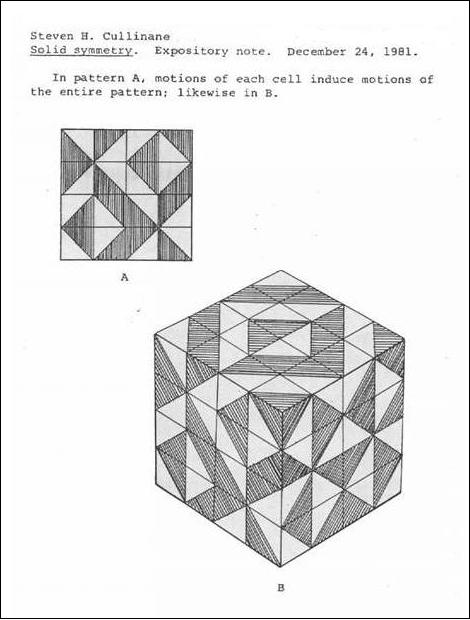










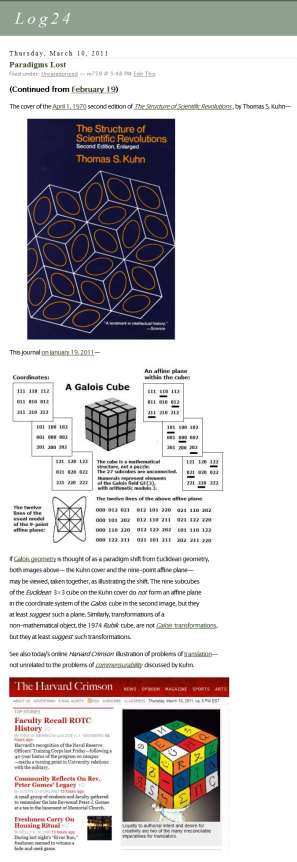







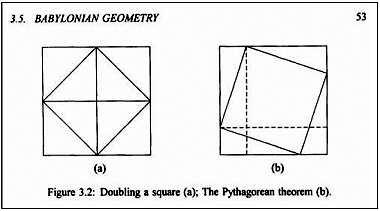









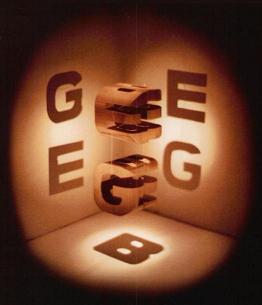 Hofstadter’s cover.
Hofstadter’s cover.




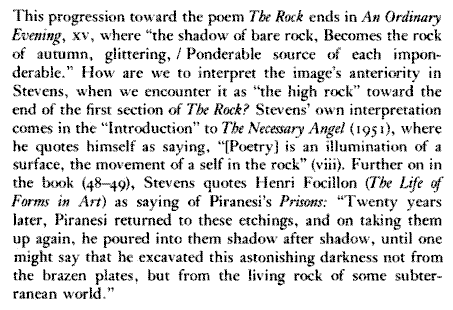






 leve Gray,
leve Gray, 



